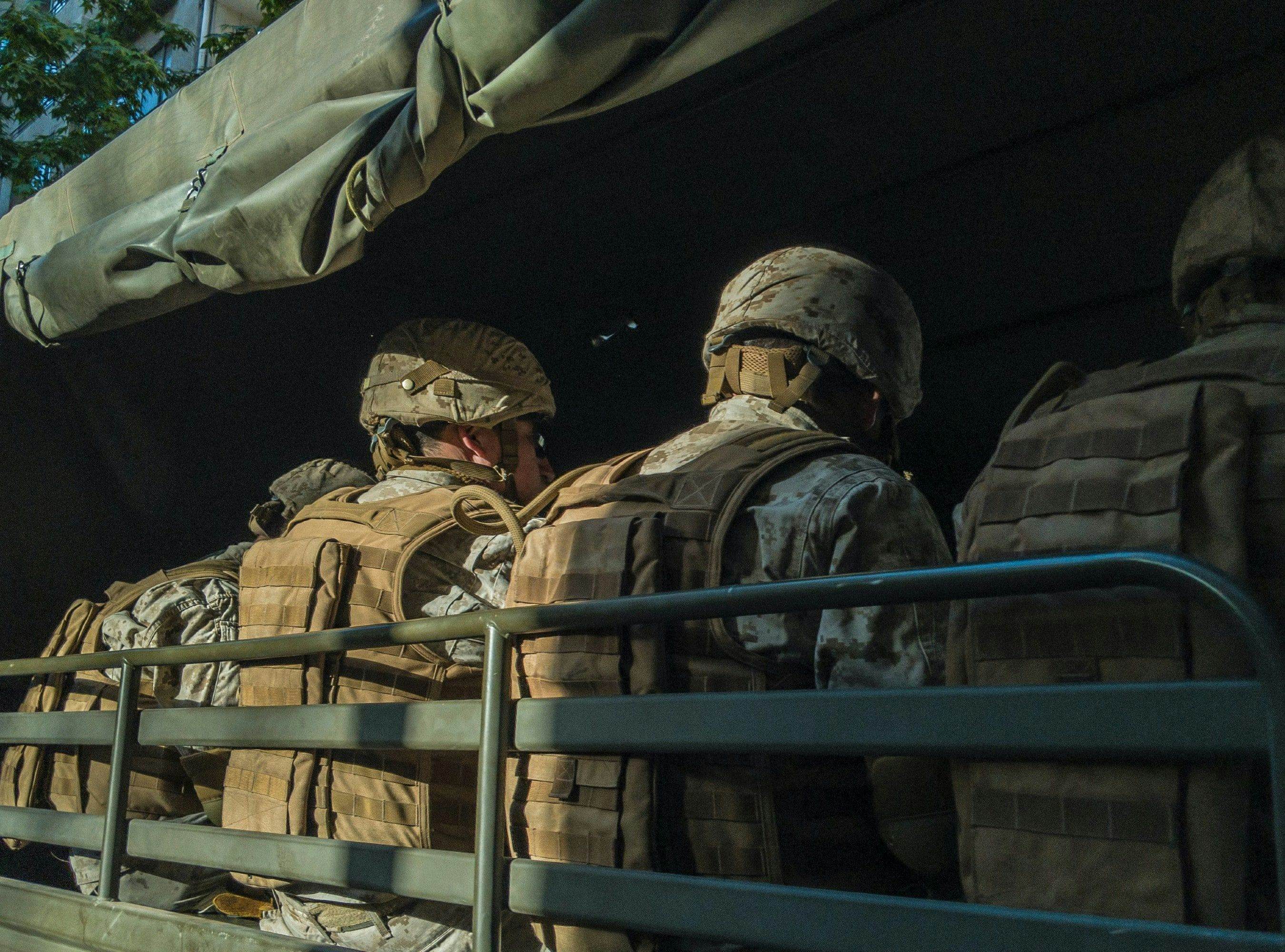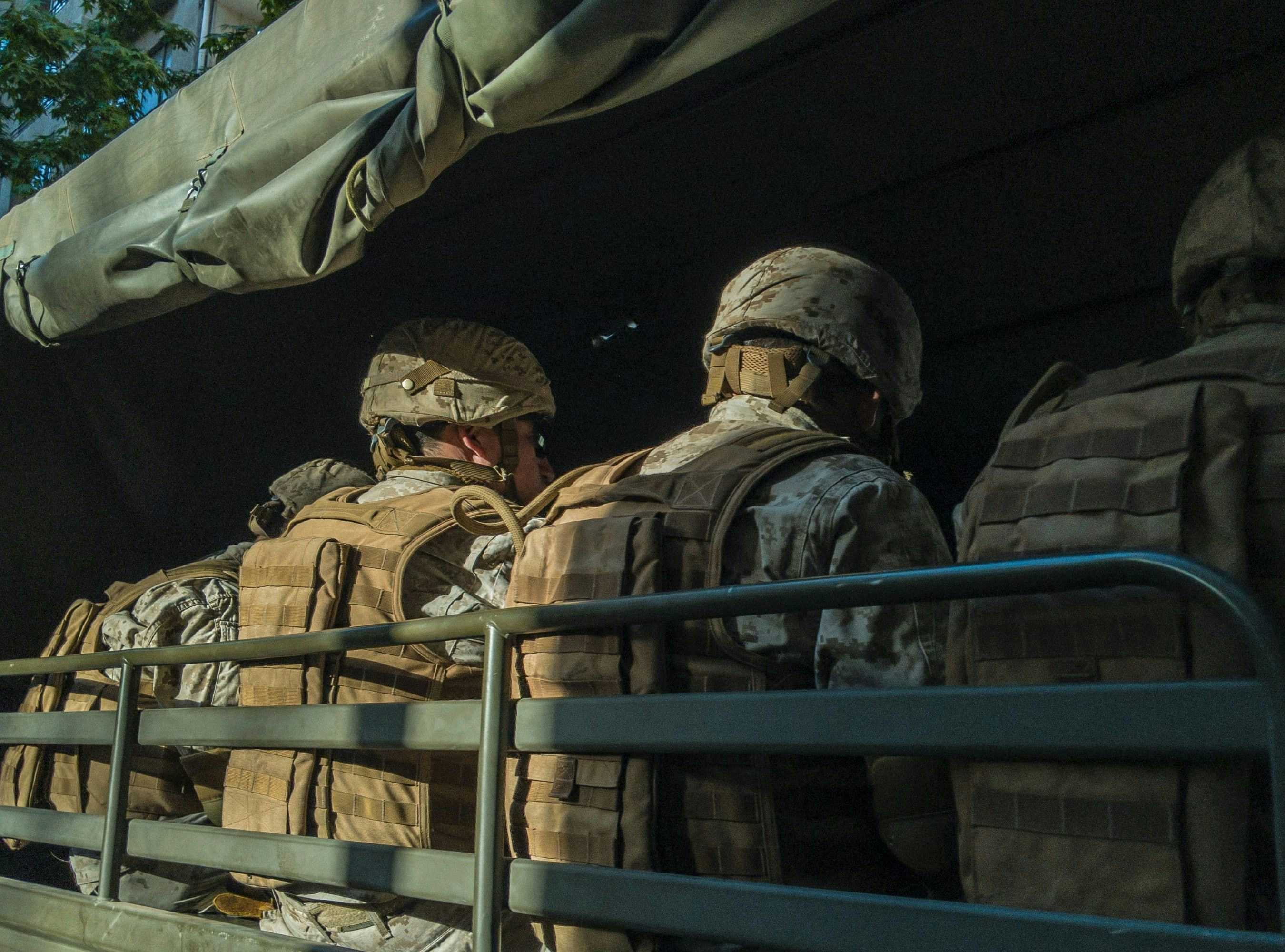A mass tort action against manufacturing giant, 3M, centered on defective combat earplugs is now poised to become one of the largest product liability suits in recent history. Thousands of current and former service members have filed claims alleging that the company knew the earplugs were defective as early as 2000, however, failed to take action. As a result, these service members sustained severe auditory injuries. Over 139,000 individual claims have been consolidated in the Northern District Court of Florida with the first trial scheduled for April 2021.
3M’s Acquired Product Liability
The suit, which has been brewing for years, focuses on Aearo Technologies, Inc., an industrial manufacturer acquired by 3M in 2008. In 2003, Aearo scored a lucrative sales contract to supply 20,000 pairs of its Combat Arms Earplugs (CAEv2) to the United States military. Shortly thereafter, the Combat Arms Earplugs became standard issue for all deployed service members, resulting in over 5.2 million pairs of earplugs being distributed between 1999 and 2009. Additional earplugs were provided to the thousands of service members deployed to Iraq and Afghanistan from 2003 to 2015. But it wasn’t until 3M’s $9.1 million settlement in 2018 with the Department of Defense that these defective manufacturing claims became public.
A Plan to Combat Auditory Injury
According to the Department of Veterans Affairs, auditory injuries are one of the most common types of service-related disabilities. This includes hearing loss and tinnitus, a persistent ringing of the ears. Prior to the development of Combat Arms Earplugs, ear protection was not mandatory within the Armed Services. But as the plan to deploy millions of CAEv2 earplugs into combat took effect, military audiologists predicted to see a steep decline in auditory injuries. However, between 2001 and 2006, during part of the time that 3M’s earplugs were standard issue to service members, disability payments for hearing loss and tinnitus increased by 319%. By 2007, approximately 52% of service members suffered from moderately severe hearing loss.
The Alleged Defects
The CAEv2 earplugs in question were marketed as dual-ended. They could, in theory, be inserted into the ear in one direction to allow some noise to be heard (such as speech or orders from others), but the other end of the plug would provide protection from damaging noises. However, the earplugs could not insert properly into the ear, rendering them defective.
The first manufacturing issue uncovered is that the Combat Arms Earplugs were never properly tested. In internal documents recently unsealed by the court, an Aearo Technologies scientist admitted in a November 1999 email that the company “has no data on the actual version” of the earplugs sent to market.
Testing trials on the earplugs began the following spring, but were abruptly stopped after testing only eight subjects. It was discovered that the earplugs suffered from a design defect where the stems of the plugs were too short and could not fit properly into the ear canal. This made proper noise protection impossible. Instead of redesigning the size of the earplugs, the manufacturer allegedly folded the rubbery flanges of the product in such a way that resulted in better testing results. As claimed in subsequent lawsuits, the final numbers of the tests were largely manipulated. In additional unsealed emails, the company admitted that the problem with the earplugs would persist “unless the user instructions are revised” to instruct the user to fold back the flange pieces of the earplug for protection. Such revisions were never made. Without the necessary protection or any instructions as to how to use the product to adequately reduce noise, service members remained susceptible to auditory damage from loud noises such as gunfire and explosions.
The Pending Mass Tort MDL
After 3M’s settlement with the Department of Justice (as a result of a lawsuit filed through the whistleblower provision of the False Claims Act), both former and current service members began filing lawsuits against 3M. These claims allege that the company knew that the earplugs were defectively designed and failed to warn its users. By April 2019, there were over 139,000 claims by 11,000 individual plaintiffs when the United States Judicial Panel on Multidistrict Litigation consolidated the case into a mass tort action. The litigation was assigned to Judge M. Casey Rodgers, in the Northern District of Florida (MDL No. 2885) and the initial trial is scheduled for April 2021.
Hundreds of pages of court documents have been unsealed during the discovery process, including the manufacturer’s internal emails and communications. As one lead counsel for the plaintiffs stated, “3M peddled these earplugs to the public and the United States military despite knowing they were dangerous and defective, perpetrating an ongoing fraud on our country and its citizens.” In defense of the recently unsealed records, 3M denies that its earplugs were defectively designed and maintain that they worked “in close coordination” with the military, and designed their products at the “direction and feedback of individuals acting on the military’s behalf.”
However, Judge Rodgers has not been persuaded by 3M’s argument in its motion to dismiss the lawsuits that it was working at the military’s direction. Judge Rodgers denied the motion, holding that no reasonable jury could find that the United States military directed the defendant company’s product design. As the court held, “Instead, the undisputed material facts establish that those discretionary design decisions, which are the basis for the design defect claims in this litigation, were made by Aearo alone.”
Veteran Disability Claims Continue
The numbers of claims continue to balloon as more and more service members suffer from hearing loss and other auditory issues. It is now estimated that more than 1.7 million veterans received disability compensation for tinnitus, and more than 1.1 million suffer from hearing loss. In fact, service members who served after September 11, 2001 are four times more likely to developing auditory issues. Auditory injury, particularly tinnitus, can cause headaches, anxiety, insomnia, depression, as well as changes in vision. With more veterans experiencing auditory issues upon returning from combat, it has become a massive public health concern. As a result, the ongoing mass tort litigation against 3M will have serious consequences for those service members who have been affected as well as those who will serve in the future.




